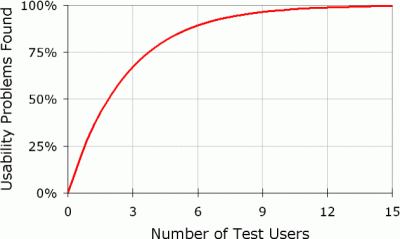Reflection #5 – More on mobile and gestures
Last week I talked a lot about how to conduct a usability study on mobile devices, since the assignment I was working on was to create a plan for how a lab could be set up to do one of these tests. Well, the assignment is done and I think it’s one of the better things I have produced in terms of practicality and usefulness to the average person who is looking to do a study like this. If you’d like to check out the “Mobile User Experience Research Project Plan: Details to set up a successful mobile usability test” document, then click the link (warning: it’s a PDF).
The rest of this week was focused on a discussion of gestures, which is one of those areas of discussion that brings out differences in opinion between technology types, designers, and those working on the user experience. One thing to consider is that we need to understand whether or not people know what these gestures are; I’d posit that we are at a place in the evolution of mobile device usage where people are being exposed to these gestures constantly and are mostly familiar with the core gestures to use their tablets and phones. This includes swiping and tapping, as well as the pinch/spread move typically associated with zooming in or out on devices. Once we find out if people know what these gestures are (again, I think we can assume this for the base gestures), we can see if they use them on whatever we are testing and what they expect them to do. This is where observation is key for both developers, who are implementing these gesture actions, and designers, who need to artfully create something that suggests interactivity with the gesture in mind.
The issue is that the technology is ever-changing and new gestures are being developed all the time. How do you introduce a new gesture into the market that will gain acceptance and widespread use? Can you accurately teach users to modify their behavior to do a gesture for a given action, and do you need to provide alternative ways of performing the action? Then, the challenge grows when you consider new input methods and the gestures associated with it like the interfaces in Minority Report, as well as the Myo armband mouse and the Leap Motion controller. But for now, these newer input methods suffer a fatal human factors flaw; I don’t know many people who can swing around their arms for hours on end without getting tired.


Leave a Reply
Want to join the discussion?Feel free to contribute!